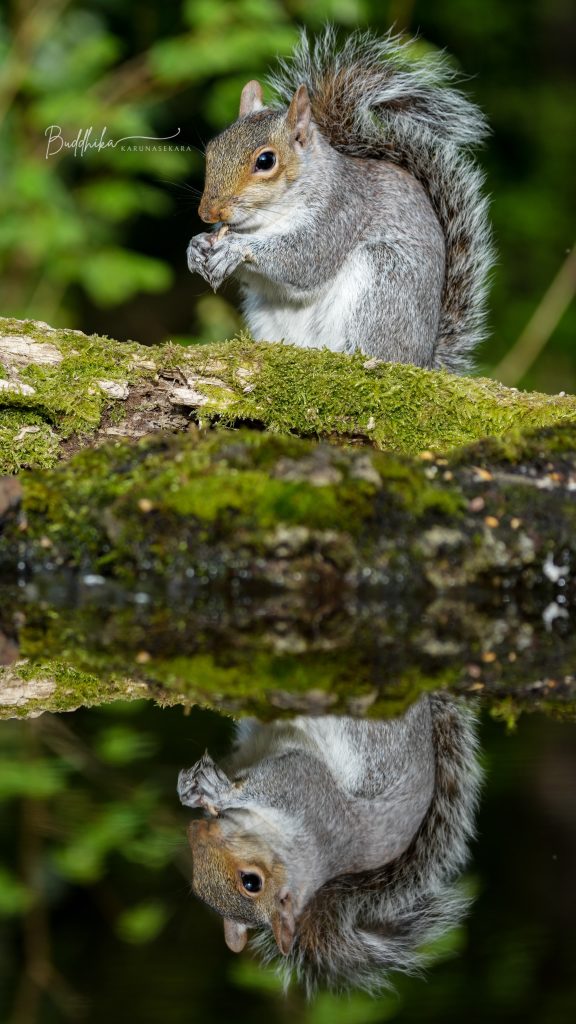
In 1876, grey squirrels from North America were introduced to England as an ornamental species intended to beautify the grounds of stately homes. Between then and 1930, approximately 30 introductions took place before the damage caused by these adorable yet mischievous creatures was recognised, leading to a ban on releasing grey squirrels into the wild. Despite the ban, grey squirrels have rapidly spread and colonised much of mainland England, causing harm to native wildlife, particularly the red squirrel, as well as crops and numerous types of trees.
Known for their agility, adept climbing skills, and cunning nature, grey squirrels have proven to be a force to be reckoned with. They can easily crack open bird feeders and run along tight-rope washing lines to reach their beloved nutty prizes. Unlike some other animals, grey squirrels do not hibernate; however, they may become less active during winter months when food is scarce. To survive the cold weather, they curl up and use their bushy tails as blankets to keep warm. Interestingly, grey squirrels have been observed pretending to bury nuts to fool other squirrels that may be watching, preventing their food stashes from being stolen.
While there may not be an abundance of folktales specifically about grey squirrels, squirrels in general have been featured in various stories and beliefs across different cultures. In Native American folklore, it is believed that the characteristics of the squirrel, such as swiftness and preparedness, will be bestowed upon those whom the squirrel visits. In Scots-Irish tradition, squirrels are seen as the bringers of rain, water, or snow.
Delving deeper into folklore, early Celtic people associated the squirrel with Queen Medb, the goddess of war. She is often depicted with a bird and a squirrel, one on each shoulder, symbolising messengers of the Earth and Sky. Similarly, in Nordic mythology, the squirrel (Ratatoskr) is believed to reside in the tree of life (Yggdrasil) and is responsible for passing gossip and insults between the Wise Hawk (Veðrfölnir) and the Dragon of the Underworld (Niohoggr).
From their introduction as ornamental species to their role in various folkloric traditions, grey squirrels have undoubtedly left their mark on the English landscape and the collective imagination of different cultures. As we continue to observe and appreciate these fascinating creatures, it is important to remember their impact on native wildlife and work towards finding a balance in our shared ecosystem.
